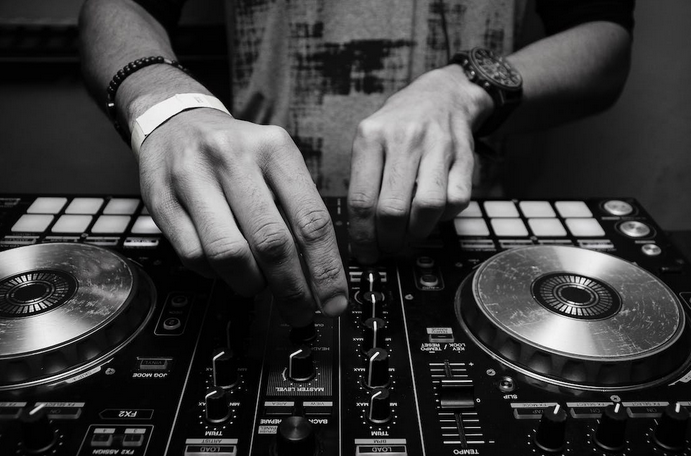Mindblowing Ways MIDI Has Been Changing Music Technology
In this blog post, we’ll explore how MIDI has changed the landscape of music technology and what exciting possibilities lie ahead for its future. So sit back, relax, and get ready to be blown away by these mind-blowing ways MIDI has been changing music technology.
The History of MIDI

The history of MIDI dates back to the early 1980s when a consortium of manufacturers came together with the goal of creating a standardized protocol for electronic musical instruments. Before then, each manufacturer used their proprietary format, which made it difficult for musicians to use different devices together.
The first version of MIDI was released in 1983 and allowed various synthesizers and drum machines to communicate with one another using a standard set of commands. This opened up new possibilities for musicians who could now easily control multiple instruments from a single device or create complex arrangements by sequencing notes on a computer.
Over time, MIDI became more advanced, allowing for greater flexibility and accuracy in controlling parameters such as pitch bend, velocity sensitivity, and modulation. It also paved the way for software-based music production tools like digital audio workstations (DAWs), which have revolutionized music creation over recent decades.
How MIDI Has Changed Music Technology
 MIDI has revolutionized music technology in countless ways. Before MIDI, musicians were limited by the sounds their instruments could produce. With MIDI, however, they can create an infinite number of sounds and manipulate them in a multitude of ways.
MIDI has revolutionized music technology in countless ways. Before MIDI, musicians were limited by the sounds their instruments could produce. With MIDI, however, they can create an infinite number of sounds and manipulate them in a multitude of ways.
One way MIDI has changed music technology is its ability to control multiple instruments simultaneously. Musicians can now use one controller to play different synthesizers or drum machines simultaneously, allowing for more complex arrangements and performances.
Another significant change brought about by MIDI is the integration of computers into music production. With digital audio workstations (DAWs) like Ableton Live or Logic Pro, producers can easily record and edit MIDI data and audio recordings.
MIDI in the Future
 As technology continues to evolve, so does MIDI. In the future, we can expect even greater advancements in music technology that will enable artists and producers to create innovative sounds with ease. One area where MIDI is set to make a significant impact is virtual reality (VR) music production. For example, an artist could use VR to simulate playing various instruments or manipulate soundscapes in real time.
As technology continues to evolve, so does MIDI. In the future, we can expect even greater advancements in music technology that will enable artists and producers to create innovative sounds with ease. One area where MIDI is set to make a significant impact is virtual reality (VR) music production. For example, an artist could use VR to simulate playing various instruments or manipulate soundscapes in real time.
Another exciting development is the integration of AI and machine learning into MIDI software. This will allow for more intuitive composition tools and smart recommendations based on an artist’s style and preferences. We’re already seeing some early examples of this with platforms like Amper Music, which uses AI algorithms to generate unique compositions based on user input.
At the end of the day, MIDI has revolutionized the music industry in ways that were once thought impossible. The ability to record and manipulate digital data has opened a whole new world of possibilities for musicians and producers alike. From its initial conception to its current state, MIDI technology continues to evolve with each passing year. With increased integration with other technologies, such as artificial intelligence and machine learning, who knows what groundbreaking innovations are waiting just around the corner?
